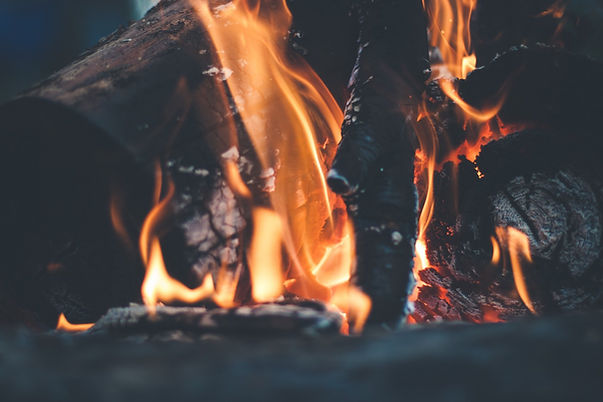

How To Use Heat Therapy
Heat therapy is often a good solution if you're in the repair stage of an injury, which usually takes place 48-hours after the initial injury.
At this point, the risk of internal bleeding is minimal and new tissue is being formed. Heat helps to increase blood flow and cell metabolism, which can be helpful in building new tissue.
Don’t use heat therapy if the site of your injury is discolored or swollen, as it may further damage the area. It’s also a bad idea to use heat on someone who has a lack of sensation in the injured area. Babies and the elderly should generally avoid heat therapy.
Which type of heat therapy should I use? Heat therapy should feel good and can help to relax tight muscles. You have several options, and you may even use a combination of heat therapies as you’re treating your injury or an area of chronic pain.
Hot baths, tubs, or whirlpools: Soaking in warm water of about 104 degrees F (40 degrees C) can help to ease joint stiffness. Be careful not to make the water too hot, as you may fall asleep or feel feverish. Epsom salt is an excellent addition because it helps muscles to relax further.
Microwavable heat packs: These packs are a convenient and easy way to deliver moist heat to an area of injury. Follow the instructions carefully to avoid burns.
Electric heating pads: While electric heating pads are convenient, they can be dangerous if used incorrectly. You must be sure not to fall asleep while using a heating pad at a high temperature, and you should only use heating pads on top of an injured area. Never use metallic objects near a heating pad, and definitely don’t use it without a cover.
And remember that heat therapy for tense, stiff, tired, or overworked muscles often works well in combination with massage therapy. If I can be of any help, please don’t hesitate to book an appointment.


